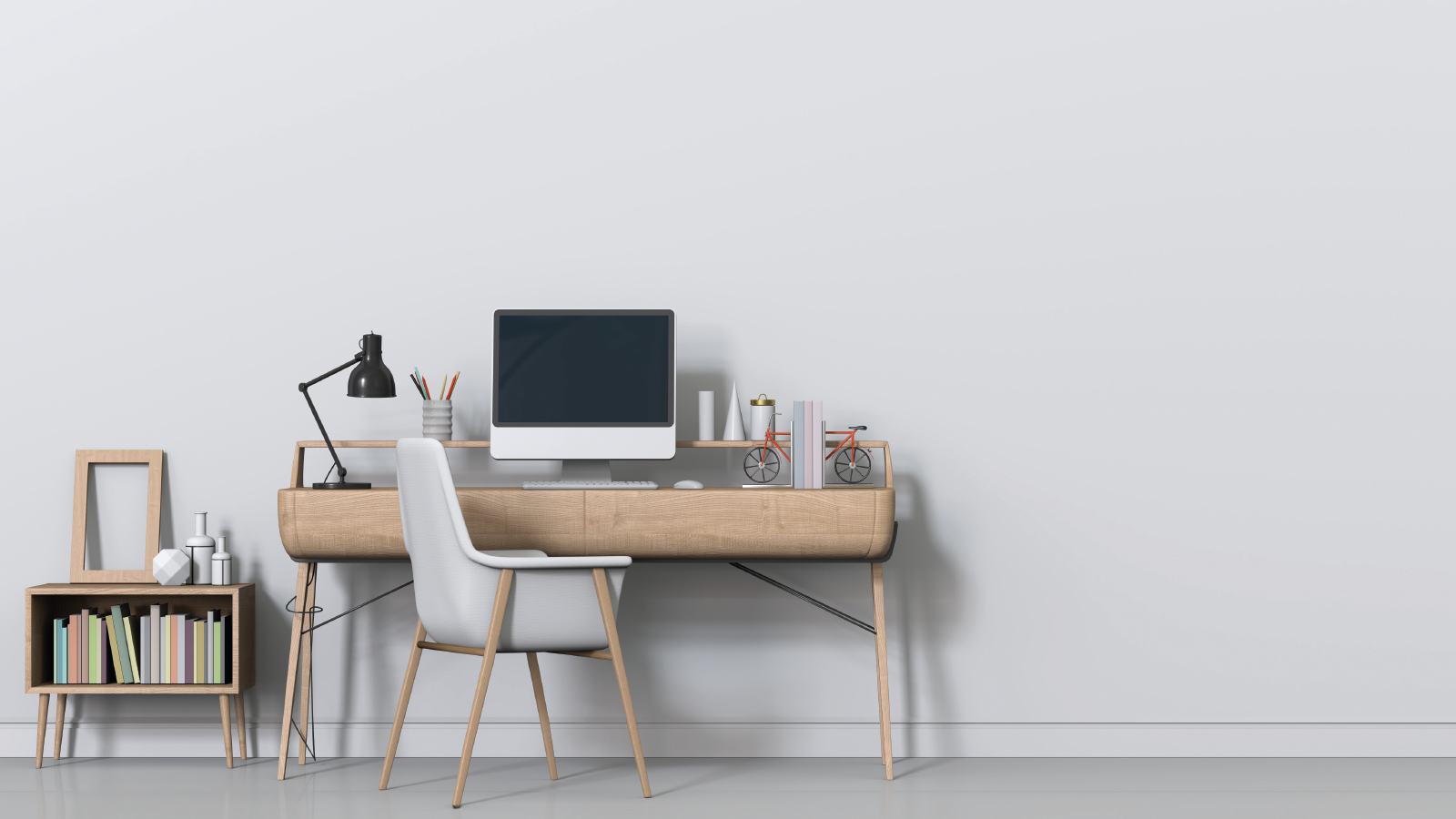Circular economy in consumer goods
An analysis of the circularity of our consumer goods.
Within the consumer goods system, we take a closer look at our handling of a range of products in the light of the circular economy transition. We mainly have figures for electrical and electronic equipment (EEE), furniture and textiles. These kinds of products can address the entire range of circular strategies, ranging from sharing and rental systems, reuse and repair to recycling.
Looking top-down, we see that a lot of materials are involved in consumer goods, both directly and indirectly. We own a lot of goods, and they are not always in use. Significant quantities of products are reused or repaired, but this does not demonstrably lead to a decrease in the number of new products put into use. Although it is positive that the reuse of consumer goods is increasing in Flanders, the recognized reuse centers indicate that their further growth is hampered by the declining quality of the inflow of goods for reuse. At the same time, goods that could potentially be reused end up in household waste. The lifespan of consumer goods could be extended through repair; this strategy has recently been documented in terms of products and actors. Reuse and repair have not yet demonstrably led to a decrease in the number of new products that are put into use.
There is a relatively large amount of data available about EEE. Its waste is successfully kept out of residual waste and approximately 50% is collected via Recupel, after which almost 80% is recycled and 4% reused. However, the stock of electronic and electrical equipment in households is still increasing and a significant amount remains underutilized.
Although data for textiles is limited, there are few signals that it is transitioning to a more circular system. About 40% of discarded textiles end up as residual waste and information about what happens to the selectively collected fraction is scarce.
Furniture seems to have flown under the radar of policymakers until now, resulting in very little information. However, the significant mass and footprint of furniture shows that this product group should not be overlooked.
The three highlighted product groups were identified as priority product groups in the European Commission‘s new circular economy action plan and are therefore likely to receive more attention in the coming years. By continuing the current research, Flanders can get ahead of this. We need a lot more data and investigation to fill in the gaps. The availability of data on consumer goods is hampered by the fact that they are not easily traceable within the economy, as there is very little administration involved after purchase.
The images above build further on our work from 2021, which contains further background and explanation of the figures and conclusions.





